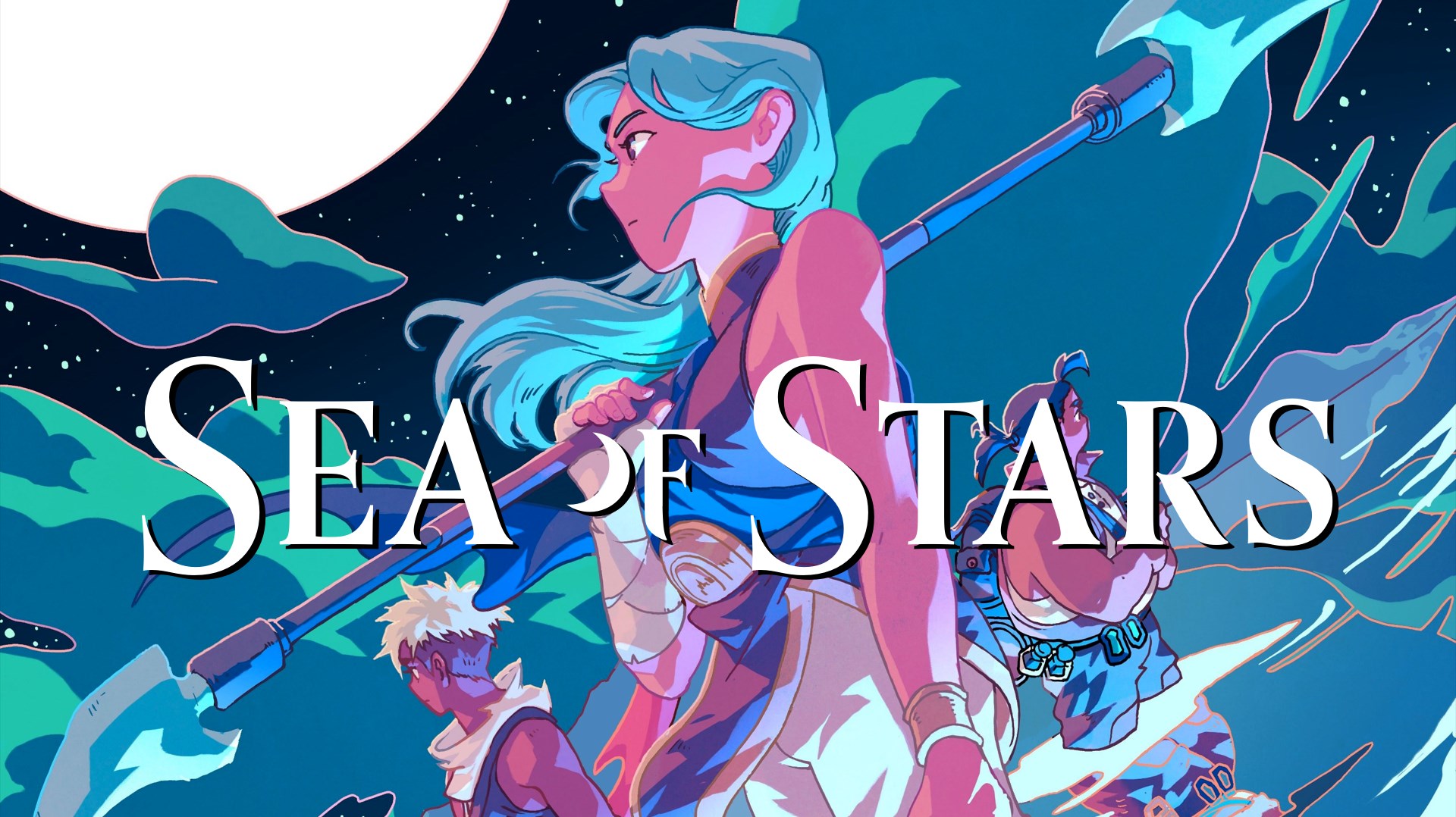Sea Of Stars
Sea Of Stars was released in the final week of August, an action-packed month consisting of several heavy hitters including Armored Cored 6, Baldur's Gate 3, and Starfield all within weeks of each other. As we enter the final days of Summer, Sea of Stars releases during the perfect time. Ideally over the next few weeks, the temperature will be cool enough to enjoy a cozy sweater, a comfortable drink, and a lengthy engaging RPG to settle in for the long afternoons. Unfortunately, as temperatures continue to remain "blistering hot," Sea of Stars instead provided a "perfect getaway" to escape from life's mundanity.
I wanted to give this one a try as Sea of Stars bears the distinction of being the first new game to release simultaneously on the Xbox Game Pass as well as PlayStation Plus on the same day. For most titles, it's on a case-by-case basis. Exclusive titles like Hi-Fi Rush and Stray were major examples of an Xbox and a PlayStation exclusive title enjoying the benefits of Game Pass and PlayStation Plus respectively. Sea of Stars was released on two of the largest console-based subscription services on the same day, effectively doubling the potential player base alone.
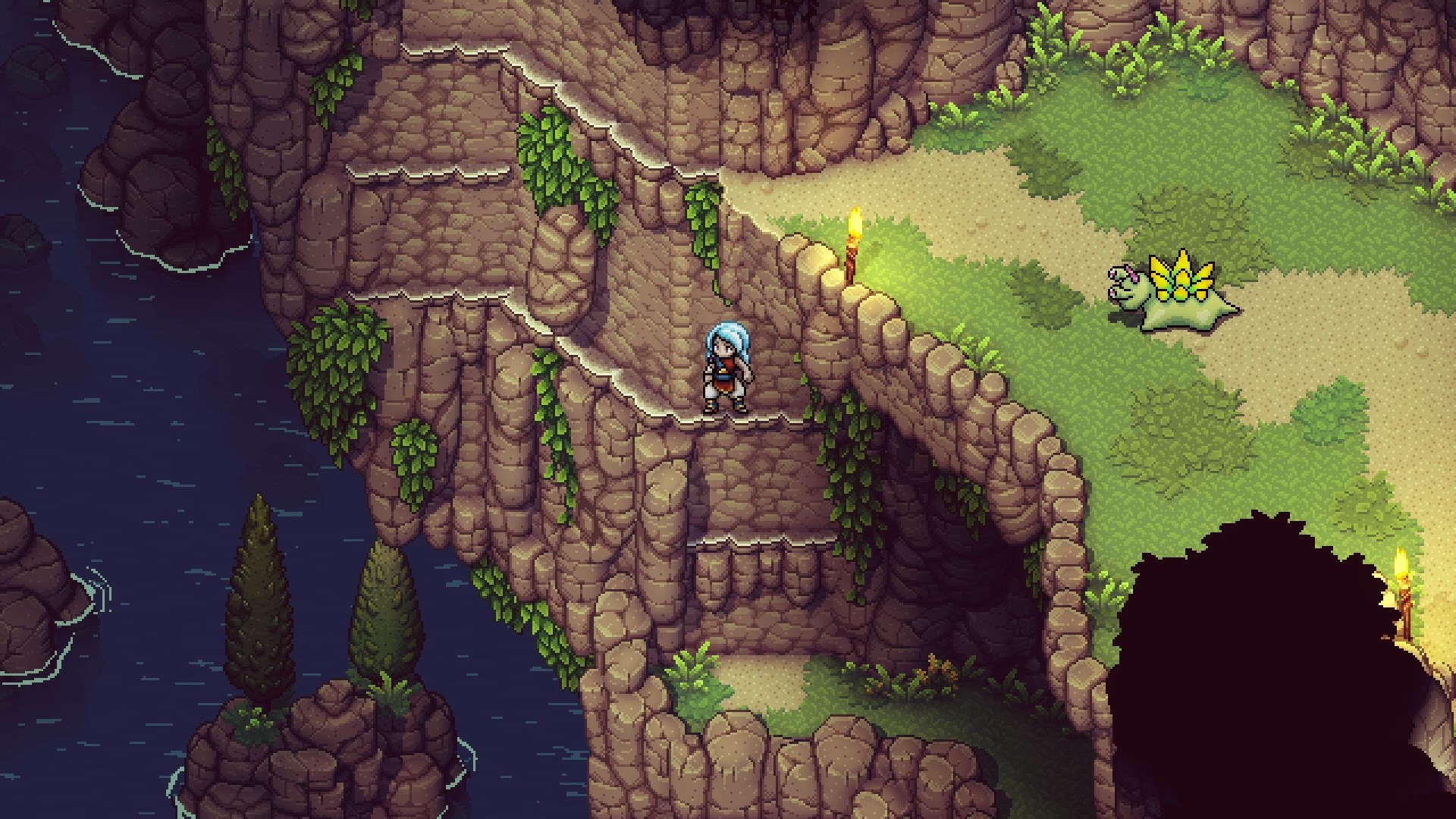
Already, Sea Of Stars left favorable impressions due to its commitment to accessibility for several player bases. No platform felt excluded from its release and this inclusivity continues within the actual gameplay itself. Heavily "retro-inspired" on games from the 1990s through the 2000s, it's difficult to determine which games from that era reminded me the most. It certainly has the fantasy setting of the Chrono series, but it is also structured like the SaGa franchise as well. The story and characters felt akin to Golden Sun, yet the mini-game-inspired turn-based RPG gameplay reminded me of the many Mario RPG titles.
The combat is one of the most unique gameplay mechanics I've seen in a traditional Japanese-style turn-based RPG. This is a huge compliment as the genre itself can get saturated. Most traditional turn-based RPGs may have the usual "Party attacks first then enemy attacks second." Occasionally, magic spells are added to the mix for a layer of strategy at the cost of "Magic Points," and that is replenished along with health points via item management. Item management is then handled with money management. It then becomes a long and arduous process of "grinding" and "grinding some more."
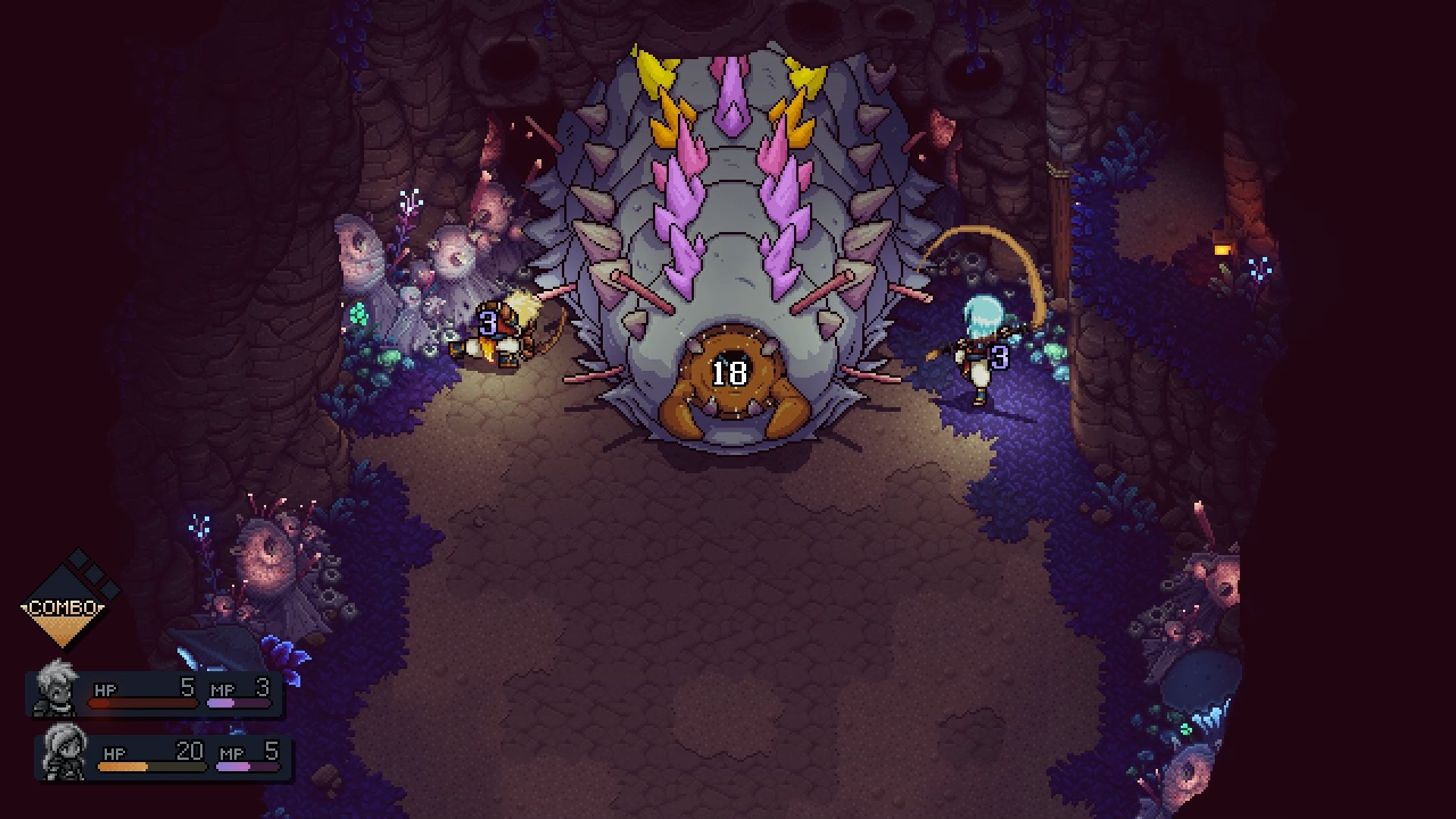
What Sea Of Stars does differently immediately is tell the player to "use their skill points for skills," as every turn left with unused points is a wasted turn. This is because, after every normal attack, the player restores their skill points by a certain number, which encourages their usage. Attacks and skills can be enhanced by tapping the Action button either to a rhythm or holding the button for a prolonged period of time. Each attack and skill requires a different button prompt and the player is rewarded for their efforts.
Two early game examples are Valere and Zale, the two main protagonists of Sea Of Stars. Valere has a skill where she calls upon the moon's energy and throws it like a boomerang. If the player presses the Action button as the boomerang approaches the player, it will deflect off of Valere's staff and back to the opponent. This back and forth continues so long as the player can time the inputs while it increases in speed. It behaves like a volley from Windjammers where both combatants parry the disc back and forth, except there's no penalty if the player messes up the timing.
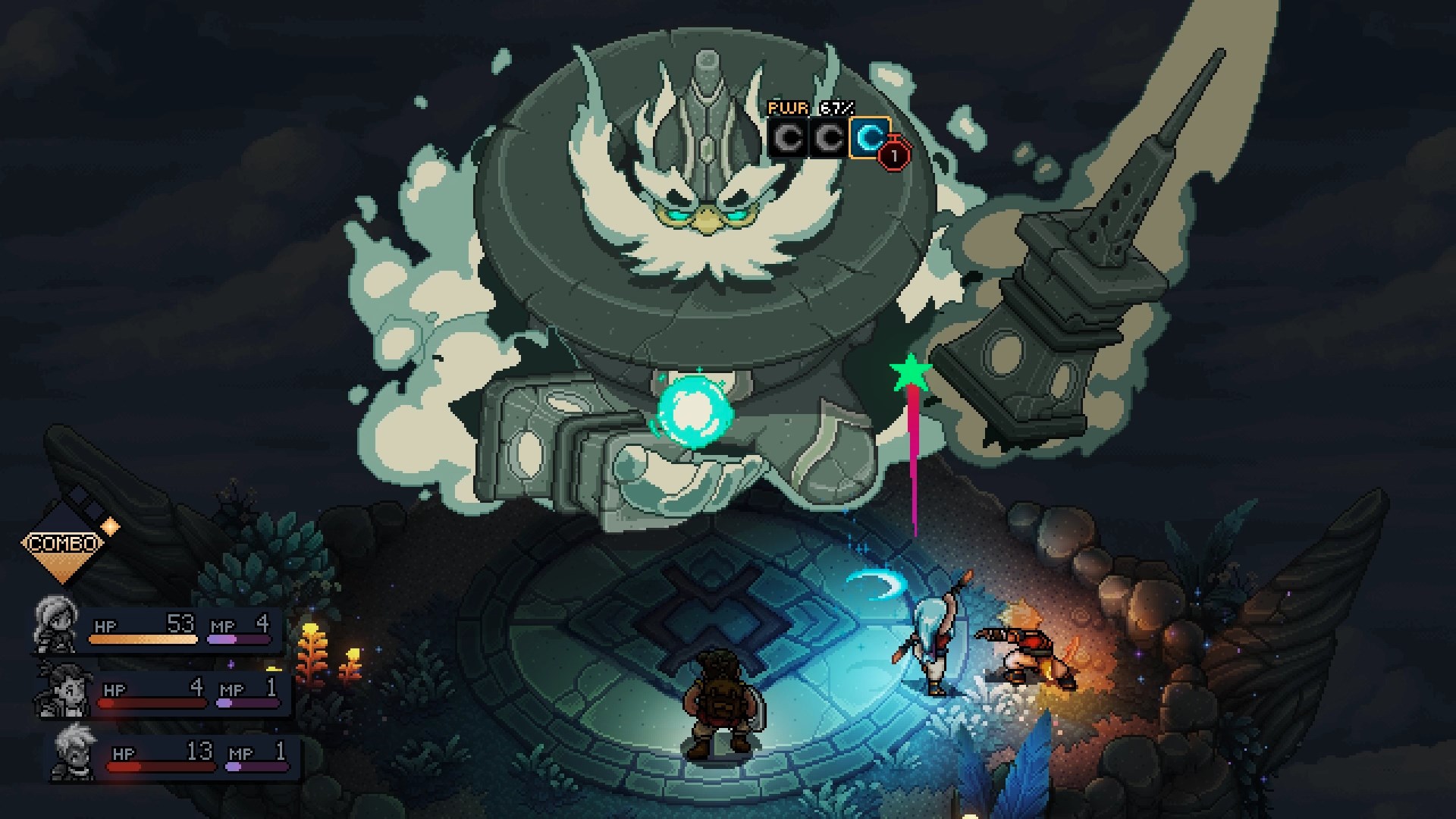
Likewise, Zale has a fireball skill that increases in power as it charges. This is identified by the fireball sprite as it increases in size. When the size of the fireball reaches its peak, the player should release it for maximum damage. If the player misses the timing, the attack will still go through. The key here is that as the player becomes more comfortable with each player's attack and skill animations, it becomes easier to get the most damage done to opponents.
Defending attacks are the same way as in the hours I've played Sea Of Stars, the party can deflect most attacks to mitigate damage. This is the most important skill to learn as while learning your own attack patterns can ensure certain battles go by quicker, a perfectly timed block will mean the difference between surviving a turn and getting K.O'd. Fortunately, the developers even thought of that as the amount of damage the player takes is equal to the amount they can dish out.
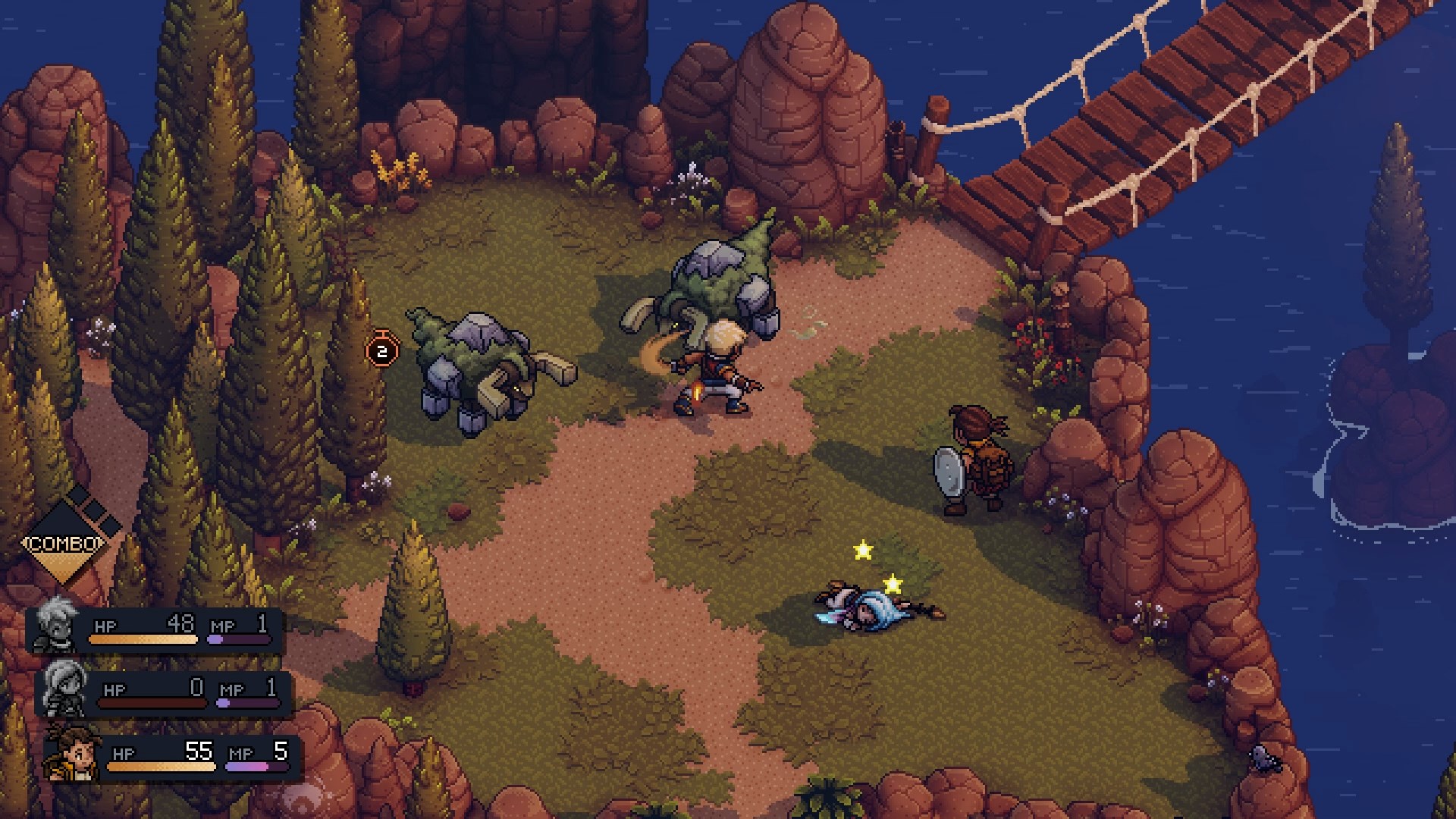
If a party member is K.O'd, they will have to wait a certain number of turns before they are revived with half HP. It begins with two rounds, identified by the number of stars. Each time a member falls in battle, another star is added. It's at this point that the surviving party members ensure that no other casualties are met while the fallen party members wait for self-revival. I've never seen an RPG handle battles this way before as it reminds me more of MOBA-style games. If a player dies, they get "respawned back to base" and it's a similar sentiment here.
Sea of Stars is an RPG that I've spent the most talking about the gameplay more than its story, which is nothing to scoff about. It's a tale of heroism and duty, but it also reminds players that even if you're not blessed by "greatness," your potential is limitless as one's resolve. Garl has been one of my favorite characters in a modern RPG for that reason as a number of unfortunate events happen to him. Sea of Stars doesn't treat him as a joke, and neither do Valere and Zale, rather they rely on him for survival instincts that the pair doesn't have.
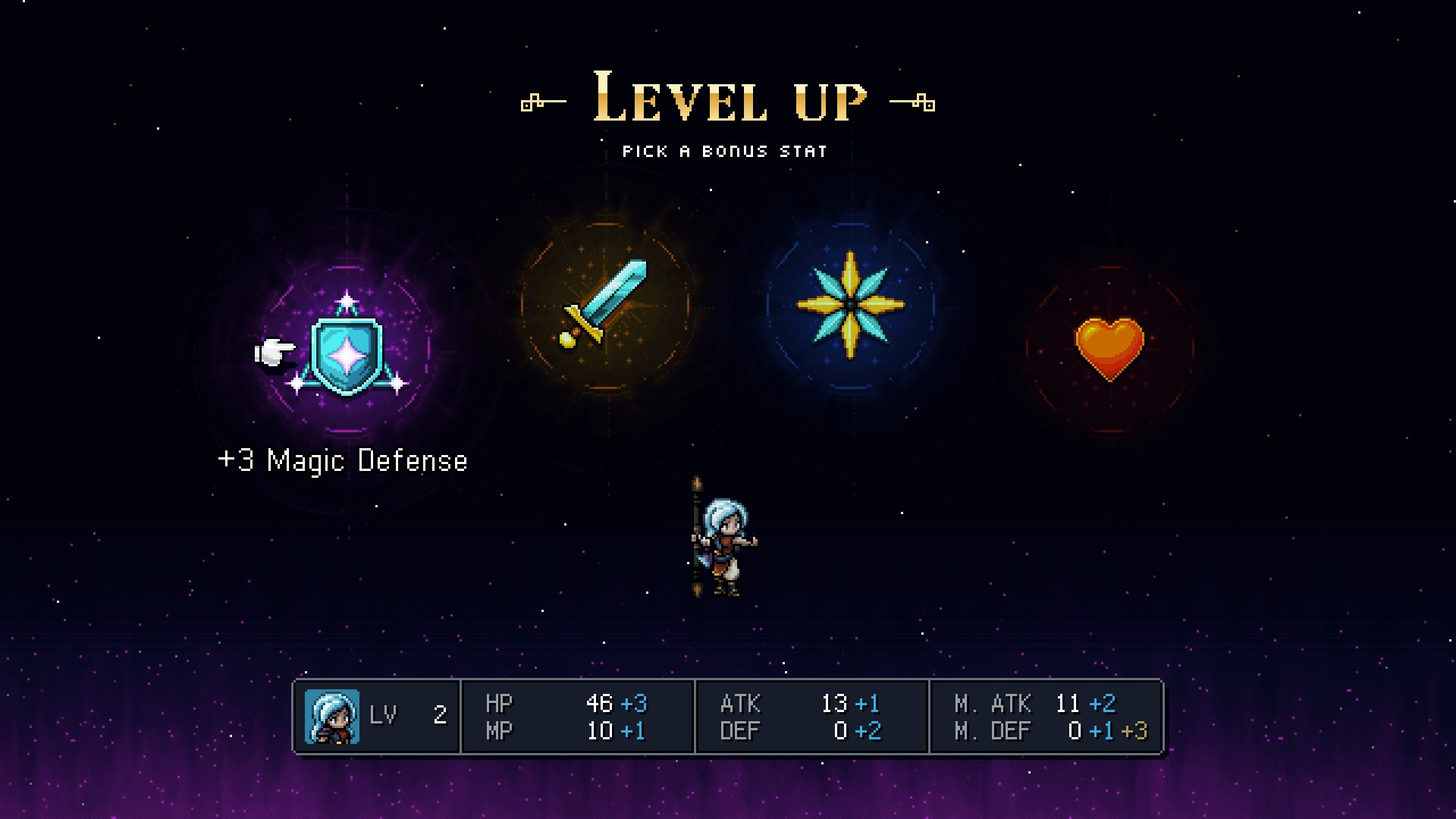
As I explore more of what Sea of Stars has to offer, expect a follow-up review in the near future. There are many other titles within the next few days that will be released soon that we cannot wait to cover. However, it's safe to say that Sea of Stars is definitely my "2023 Game Of The Year" contender.
Sea of Stars is available on Game Pass and PlayStation Plus via PlayStation 4, PlayStation 5, Xbox One, Xbox Series X, and PC. It is also on the Nintendo Switch

